All You Need To Know About Paper And Cardboard Tube Packaging
In the rapidly evolving landscape of the modern world, the significance of box packaging reaches far beyond its traditional role as a mere container. It is the first impression of a brand on its consumers, a canvas for storytelling and innovation, and a guardian of the planet's fragile ecosystem. The safety and quality of products are assured through effective packaging that serves as an influential means to communicate brand values, enhance product attractiveness, and persuade consumers to buy the product potentially. This blog post examines how paper and cardboard packaging have become essential in today's world while emphasizing their many advantages for businesses, consumers, and environmental preservation.
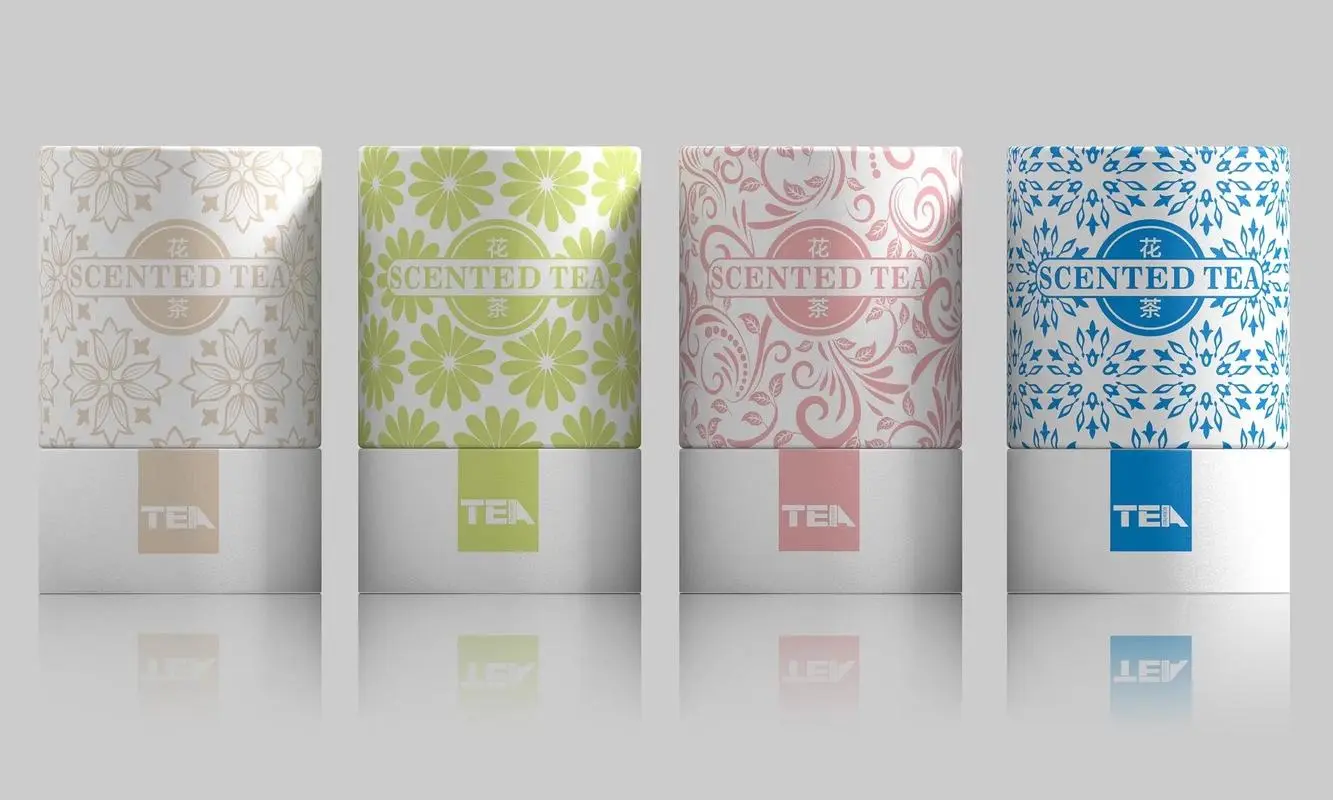
Paper and cardboard packaging have gained the utmost importance due to their pivotal contribution to effectively safeguarding and delivering various products. Its popularity stems from several advantageous characteristics, such as its lightweight nature, flexibility (Custom packaging boxes), affordability, and recyclability. With sustainability and eco-friendliness at the forefront of today's era, paper and cardboard packaging have established themselves as leaders in responsible packaging solutions. Paper and cardboard packaging is also highly versatile and can be found in numerous sectors, including food and beverage, pharmaceuticals, electronics, and retail as a box packaging solution. The lightweight property of paper tube packaging facilitates easy handling and transportation and helps reduce fuel consumption during logistics, contributing to cost and energy savings.
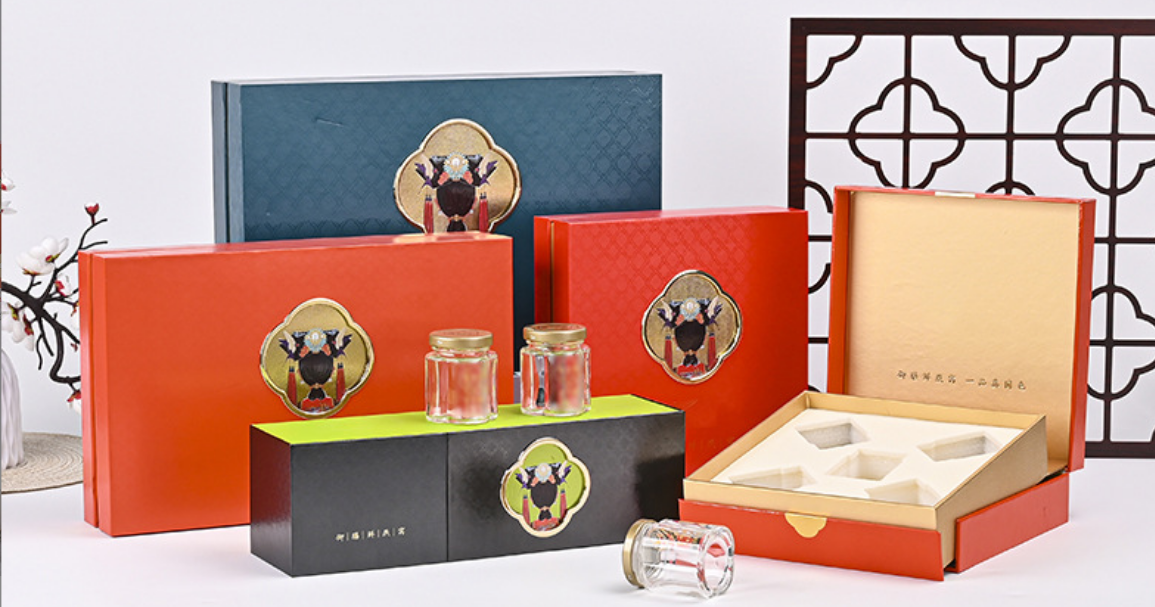
Additionally, their flexibility and custom packaging boxes allows them to incorporate various structures and measurements, thereby making them suitable for wrapping a broad selection of products, covering everything from delicate electronics to voluminous goods. Another important aspect of paper and cardboard packaging is its cost-effectiveness, as these materials are widely available and less expensive compared to other alternatives like plastic or metal. Furthermore, by embracing recyclability, paper and cardboard packaging promotes circular economy principles and minimizes waste generation, as paper tube packaging and cardboard tube packaging can be easily and efficiently recycled, significantly reducing its environmental impact.
Paper & Cardboard Tube Packaging
Cardboard tube packaging, often overlooked in favor of conventional options, has been quietly making a significant impact on the paper packaging industry. As we navigate an era characterized by increasing environmental awareness and sustainable consumption, paper tube packaging emerges as a compelling choice. Paper tube packaging has several advantages over plastic and other conventional packaging options. A few of them are as follows:
1) Using Eco-Friendly Material For Cardboard Tube Packaging: Paper tube packaging mainly uses renewable and biodegradable materials as its source materials, which proves to be an eco-friendly substitute for conventional packaging materials. This also decreases our use of non-renewable resources and fossil fuels, indirectly reducing carbon emissions. The production of paper packaging generates significantly lower carbon emissions compared to plastic or metal packaging. The use of recycled paper in manufacturing further reduces the environmental footprint. One of the most notable environmental advantages of paper tube packaging is its high recyclability. Consumers can easily recycle paper packaging through existing paper recycling programs, diverting them from landfills and incineration.
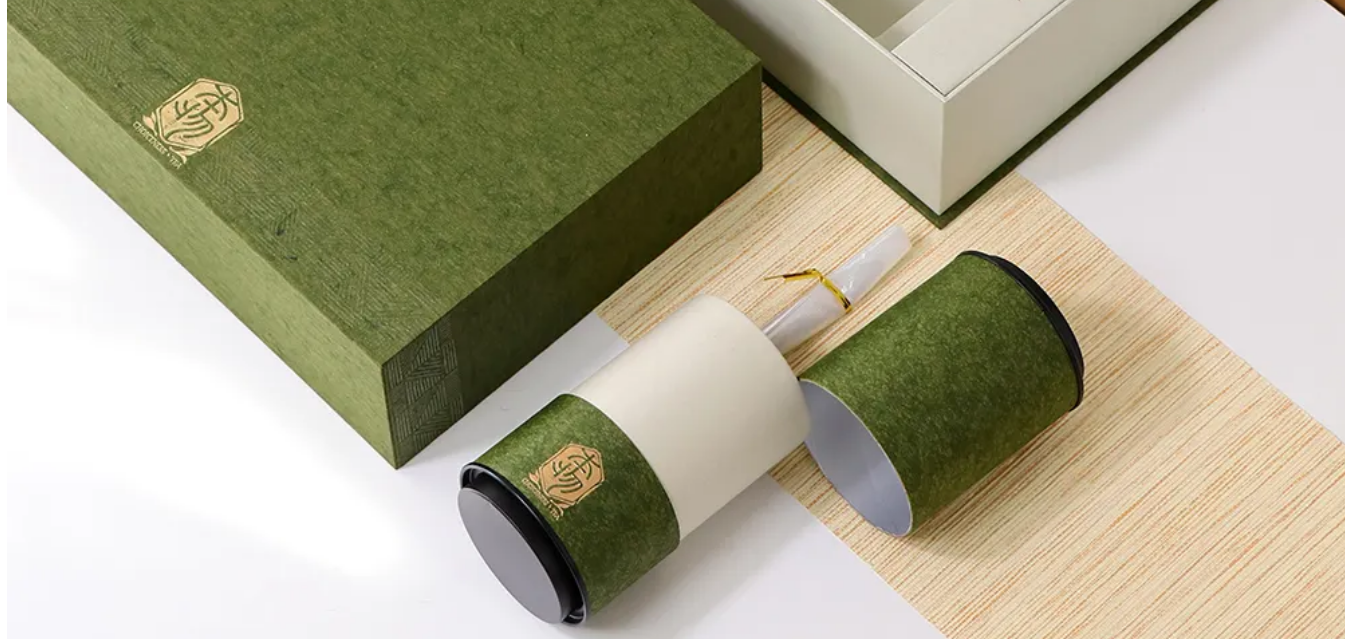
2) Lightweight And Durability Of Cardboard Tube Packaging: Paper tube packaging is inherently lightweight, reducing transportation costs and carbon emissions. They are also space-efficient, optimizing storage and shipping. Despite their lightweight nature, paper packaging or cardboard packaging offers impressive structural integrity. They protect the contents from external factors, such as moisture and physical damage, ensuring products reach consumers in pristine condition.
3) Biodegradability And Reduced Plastic Dependency: In cases where recycling isn't possible, paper tube packaging or cardboard tube packaging naturally biodegrade over time, minimizing their long-term impact on the environment. Moreover, by choosing paper packaging, businesses contribute to reducing the demand for plastic packaging, which has been a major contributor to pollution and environmental degradation.
4) Customizability: Paper tube packaging comes in various custom packaging boxes and can be easily customized in terms of shape, color, and branding. This flexibility allows businesses to create unique, eye-catching packaging that strengthens their brand identity. Paper packaging or cardboard packaging also offers an extensive canvas for customization, allowing companies to create packaging that aligns with their brand image and consumer preferences. High-quality printing options enable intricate designs, vibrant colors, and detailed branding, enhancing product visibility on shelves.
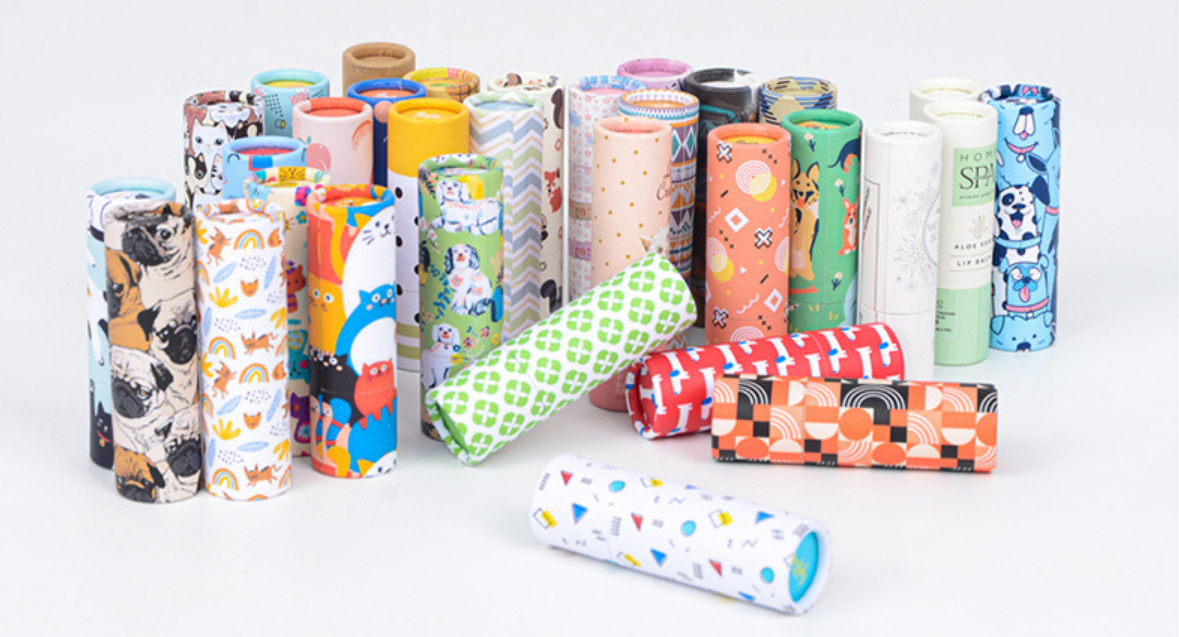
Paper Box Packaging
Just like cardboard tube packaging, paper box packaging is a time-tested and eco-friendly solution that has maintained its relevance even in an age dominated by advanced materials. Paper box packaging also provides similar advantages as paper tube packaging. Apart from that, it is even more cost-effective and has a bigger impact on reducing our dependence on plastic shopping bags. Paper box packaging offers a broad spectrum of customization possibilities, enabling businesses to stand out and meet specific branding and functionality needs. Paper packaging embodies sustainability and versatility, making it an ideal choice for businesses seeking packaging solutions that align with modern environmental expectations. Its advantages extend beyond aesthetics, encompassing cost-effectiveness, reduced carbon emissions, and recyclability. Furthermore, the customization options empower brands to craft paper packaging that not only protects their products but also tells a compelling story to consumers.
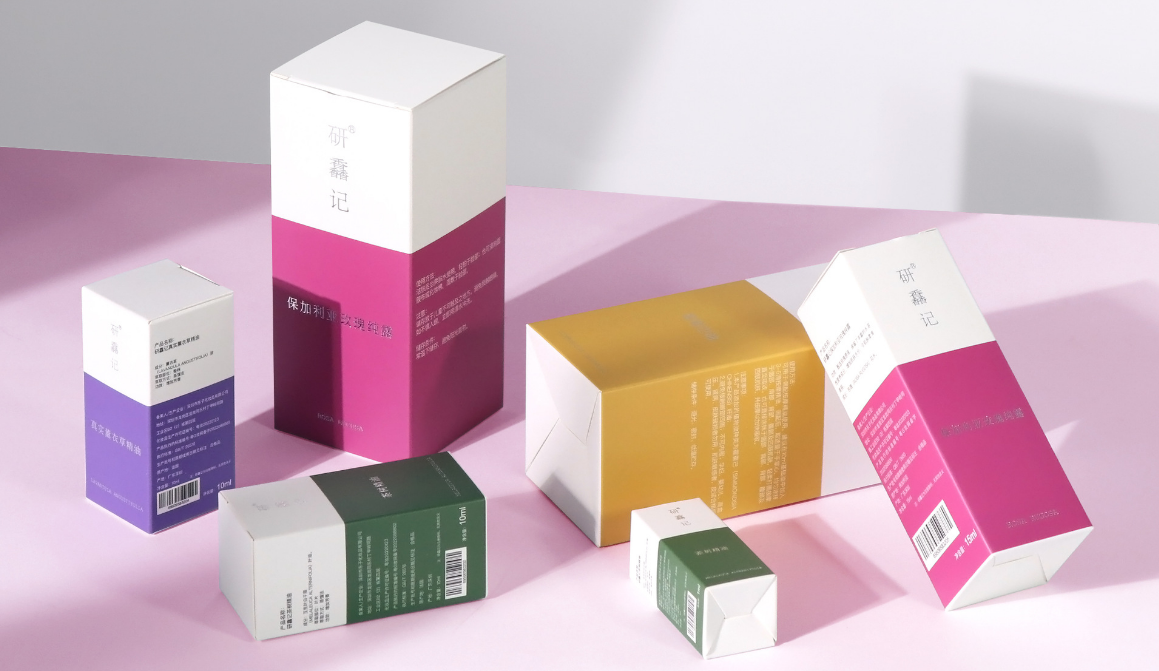
Different Types Of Paper Packaging
There are different types of paper packaging and box packaging solutions. Each comes with its unique advantages in terms of strength, durability, and cost-effectiveness, making them suitable for various packaging applications and some disadvantages. A few of the paper grades are discussed below:
Clay Coated News Backboard (CCNB): Clay Coated News Backboard (CCNB) is a cost-effective paperboard made from recycled newsprint, secondary paper, and old box packaging. It's commonly used for low-cost folding cardboard packaging, particularly for dry food, pet food, and non-food products. However, CCNB's drawback is its vulnerability to water damage, making it unsuitable for moisture-sensitive or heavy products.
Despite this limitation, CCNB offers eco-friendly advantages. It reduces the need for new cardboard packaging production, curbing deforestation and environmental issues. Furthermore, its use of recycled cardboard tube packaging contributes to a circular economy by reducing landfill waste. Nonetheless, the clay coating can complicate recycling, as some facilities may struggle to separate it from the paperboard, potentially contaminating other recyclables.
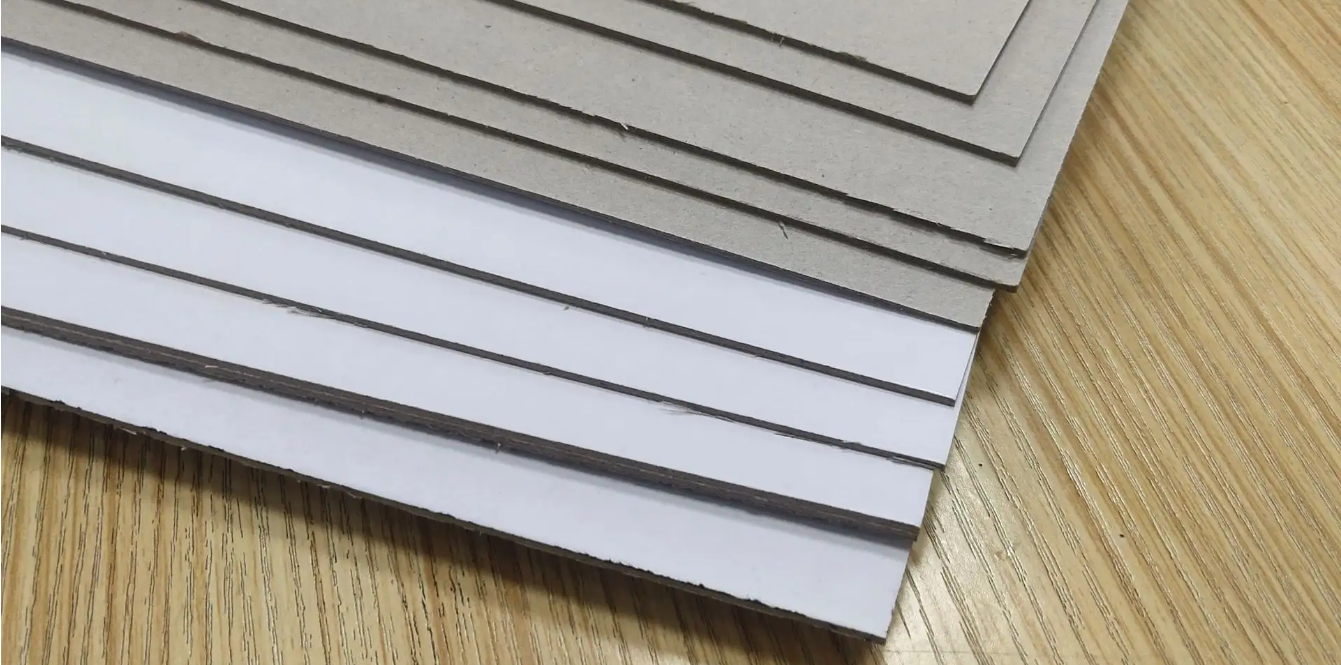
Solid Bleached Sulfate (SBS): Solid Bleached Sulfate (SBS) is a premium cardboard packaging solution extensively used in packaging due to its superior strength, exceptional whiteness, and suitability for high-quality printing. SBS is created through a process involving chemical pulping and bleaching of fibers, resulting in a pure white appearance both inside and outside the packaging. SBS allows special techniques like embossing, hot foil stamping, and spot UV printing for making custom packaging boxes, making it a favorite across various industries, including food, cosmetics, pharmaceuticals, and personal care items.
SBS is a go to cardboard packaging solution as far as custom cardboard packaging is concerned but it has notable drawbacks. Its production involves heavy bleaching, potentially releasing harmful chemicals into the environment. SBS is typically sourced from virgin fibers rather than using already existing paper tube packaging or cardboard tube packaging, contributing to deforestation concerns. Moreover, it comes at a relatively high cost, limiting accessibility for small businesses. Its poor water resistance makes it unsuitable for moisture-exposed products, and it may not provide the required strength for heavy-duty packaging, where the cardboard might be more appropriate. Despite its quality, these ecological and cost considerations necessitate careful evaluation when choosing SBS for packaging solutions.
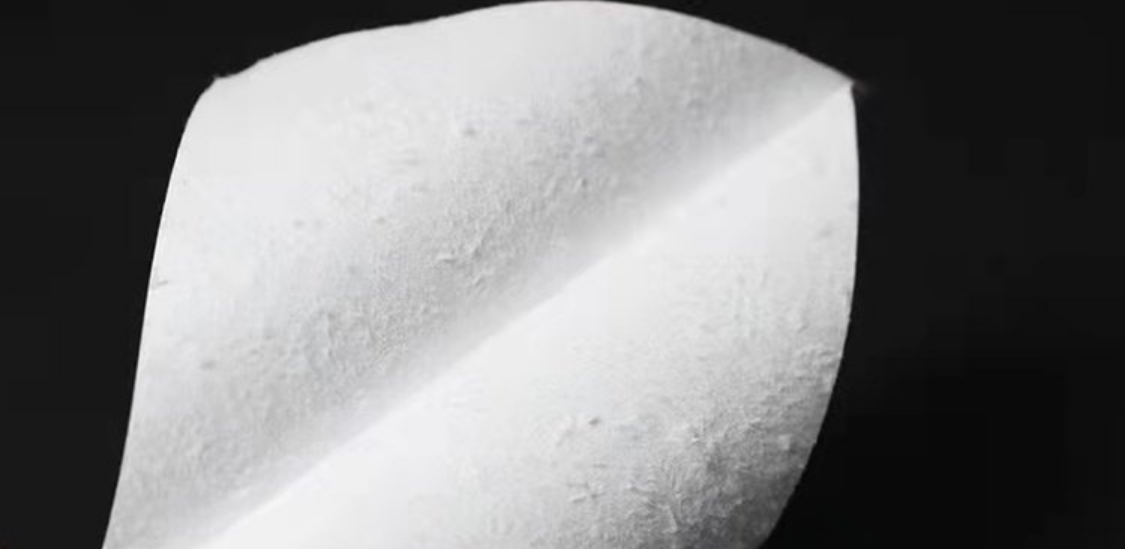
Folding Box Board (FBB): Folding box board (FBB) is a versatile cardboard packaging used extensively in packaging applications such as custom packaging boxes. Its excellent folding properties, smooth surface, and durability characterize it, making it a preferred choice for various consumer product and box packaging. FBB is typically manufactured from a blend of primary fibers (usually softwood pulp) and secondary fibers (recycled paper), along with various additives and coatings to enhance its properties.
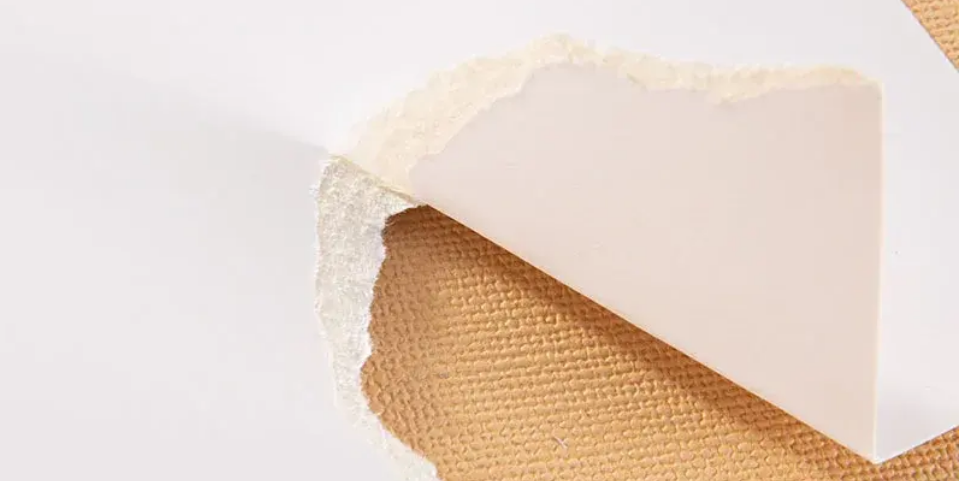
The manufacturing process of FBB involves pulping the raw materials, refining the pulp, and then forming it into sheets. Depending on the desired characteristics, these sheets are coated on one or both sides. The coating process may involve the application of clay, calcium carbonate, or other minerals to achieve the required smoothness and printability. FBB offers several advantages, including its excellent printing surface, which allows for vibrant and high-quality graphics and helps businesses to make custom packaging boxes. It has good stiffness and rigidity, providing structural integrity to packaging. FBB is also known for its versatility, making it suitable for various products, from cosmetics and pharmaceuticals to food items. It provides a premium look and feel, making it ideal for luxury packaging.
One drawback of FBB is that it may not be as environmentally friendly as some other paper packaging materials, especially if it contains a high percentage of virgin fibers. Additionally, while FBB is a strong and durable material, it may not be suitable for extremely heavy or bulky items that require more robust packaging solutions.
Natural Kraft (SUS) and Coated Unbleached Kraft (CUK): Natural Kraft (SUS) and Coated Unbleached Kraft (CUK) are distinct paper packaging grades widely used in packaging applications such as paper tube packaging and box packaging, each offering unique characteristics to meet diverse industry needs. Both SUS and CUK are primarily made from unbleached wood pulp, often sourced from softwood trees like pine and spruce. This unbleached nature is what sets them apart from other paper packaging types.
The production process starts with pulping the wood fibers and refining and mixing them to create a pulp slurry. Natural Kraft's pulp is directly formed into sheets without bleaching, resulting in its characteristic brown appearance. Natural Kraft's unbleached, brown appearance conveys an eco-friendly image. Both SUS and CUK exhibit excellent strength and durability, making them suitable for heavy or bulky products. They are highly recyclable and biodegradable, aligning with sustainability goals.
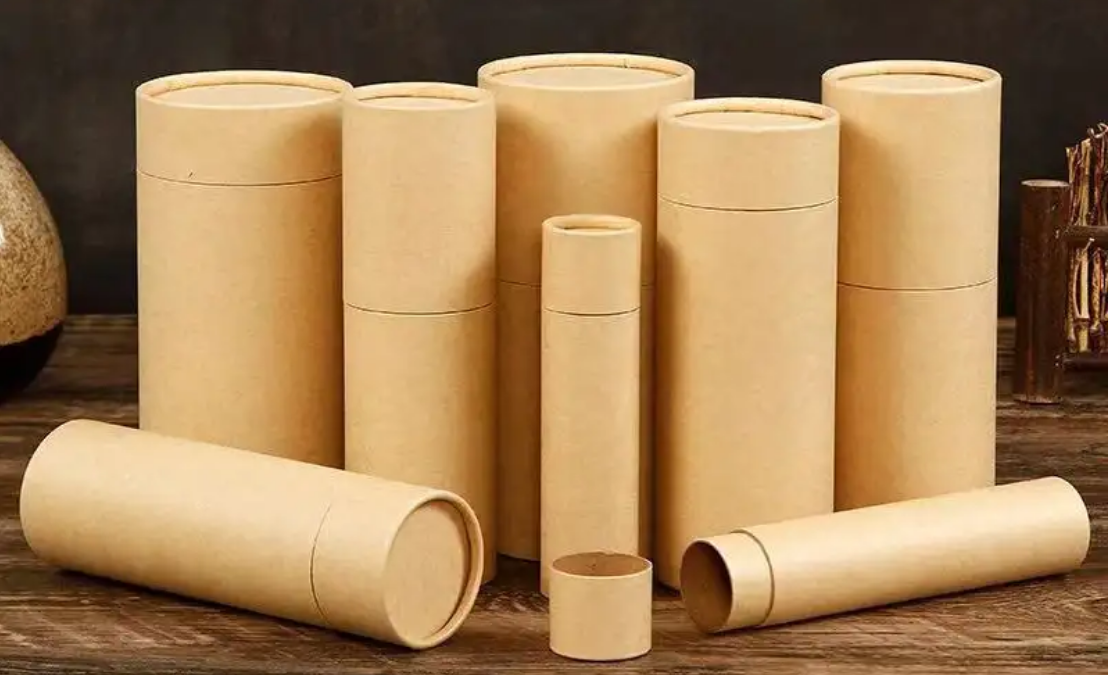
Natural Kraft's surface is less receptive to high-quality printing due to its unbleached nature hence it is not an ideal choice for Custom packaging boxes. The brown color of both grades may not be suitable for products requiring a more polished or colorful presentation. Moreover, with its coating process, CUK may be more expensive than Natural Kraft.
Overall, paper packaging offers a diverse array of options including box packaging, each with its own set of advantages and considerations. Whether it's the eco-friendly appeal of paper tube packaging, the premium aesthetics of Solid Bleached Sulfate, or the robust versatility of Folding Box Board, businesses today have to make the correct decisions to make a meaningful impact on their products and the environment. The evolution of paper packaging reflects a commitment to sustainable practices, reduced plastic dependency, and a conscientious approach to packaging design. It is undeniable that the future of packaging is interlinked with the long-standing heritage of paper and cardboard, forging a path towards a more sustainable and responsible world in terms of trade.
